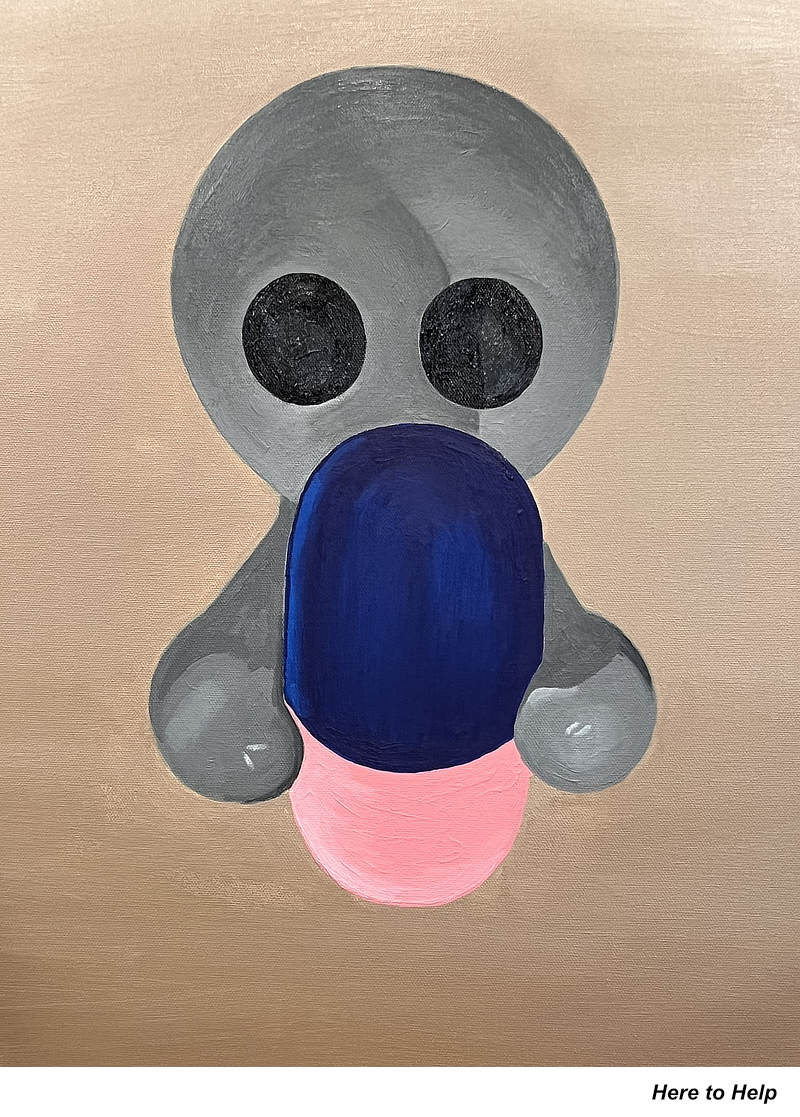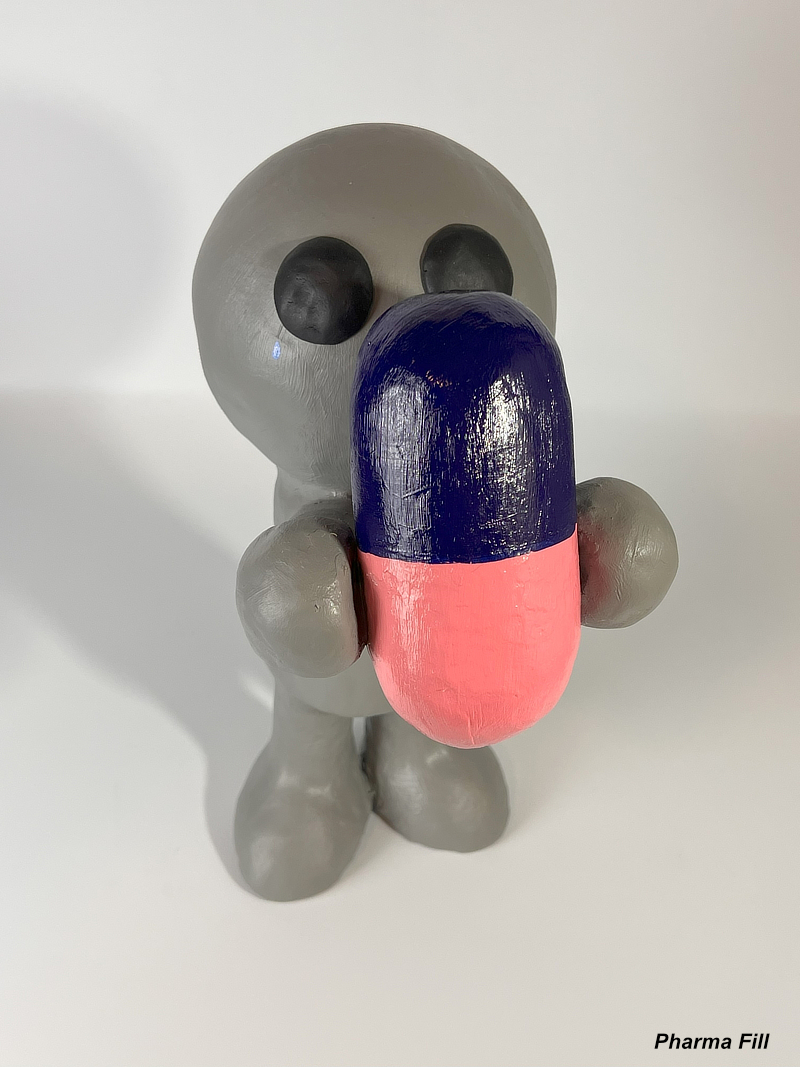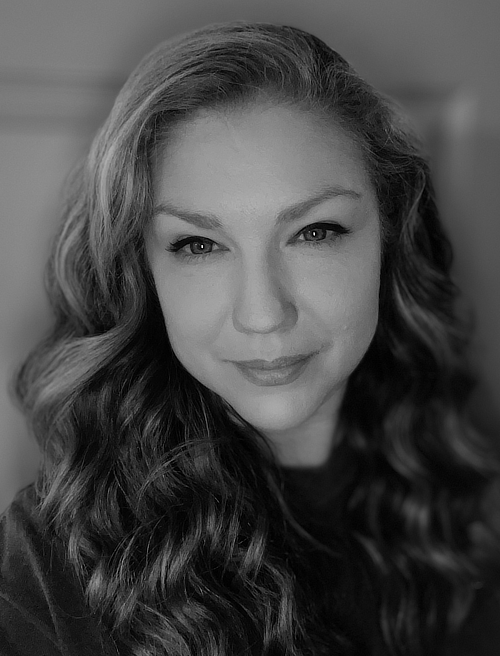
Tell us how you first became interested in creating art.
As is the story with many artists, I became interested in creating art at
a young age as a way to escape. My childhood was filled with abuse, and I needed an outlet to focus on my pain and emotions. School provided no relief as I was often bullied simply for being different. I was lucky enough to have an excellent middle school art teacher who always made her classroom a safe haven for me. She believed in me when I didn’t believe in myself. She showed me that my art could reach others without uttering a word.
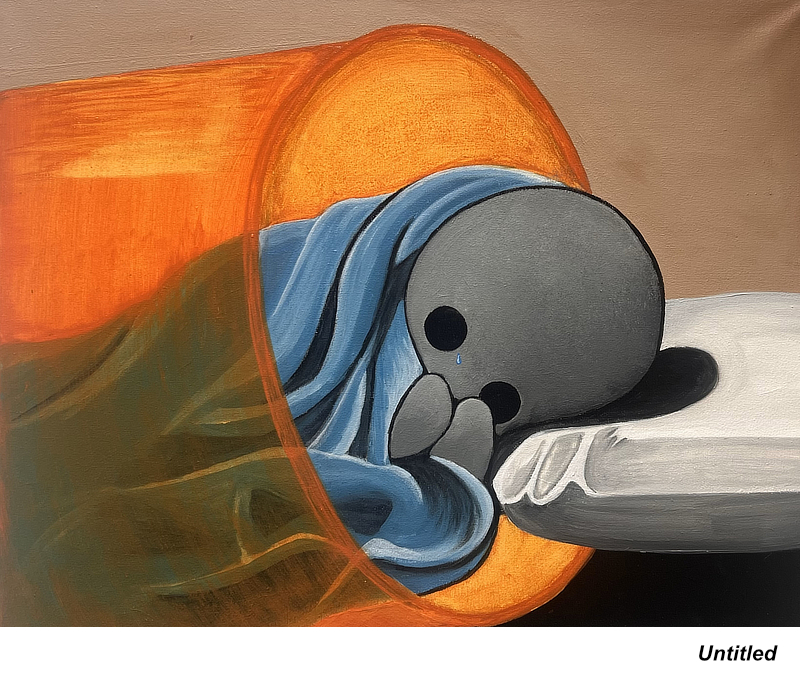
I am most inspired by stories of those who have persevered in the face of adversity and want to showcase that in my work
Which artists or art movements have influenced you?
I have always loved the Renaissance movement. While I wish that period focused a little more on women artists, the fact is the masters are considered masters for a reason, and no one can argue with the sheer talent and beauty produced during that time. The Sistine Chapel ceiling, in my opinion, is the pinnacle of artistic genius, and I hope to see it in person someday. Current artists that have been a significant inspiration for my craft include Kara Walker, Jaune Quick-to-See Smith, and the Gorilla Girls. These women are trailblazers and have worked not only to make a name for women artists but also to face issues like racism, colonialism, sexism, and marginalization head-on. Their courage and dedication give me hope that the art world is capable of becoming more inclusive and accepting of artists from different backgrounds who want to make a change and bring awareness to complex topics.
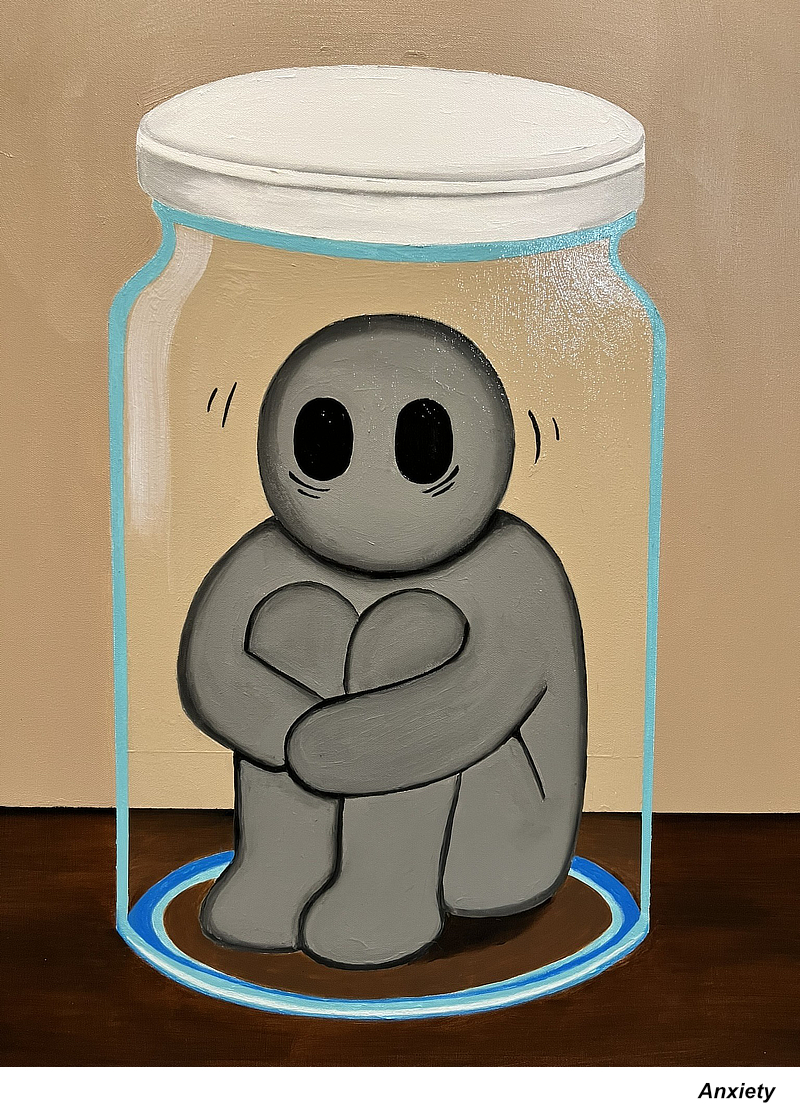
Today, art is a career path that isn’t taken seriously by modern society
How would you describe your artistic style? What inspires you?
My artistic style varies based on the subject matter; some subjects require a more realistic approach, while others, consisting of topics that are more sensitive, may need to be portrayed in a more abstract/surrealistic manner. One thing that remains the same regardless of stylistic choices is that I want to create art that is relatable and relevant. I’ve survived many types of traumas, and I feel it is my responsibility as an artist to bring awareness to these various issues. As a military wife and mother, much of my work has revolved around the trauma faced by military soldiers and their families during deployments. While I can’t speak to the experiences of all military families, I can share my experiences in an attempt to bring awareness to issues of anxiety, depression, and PTSD all related to deployments. I am most inspired by stories of those who have persevered in the face of adversity and want to showcase that in my work.
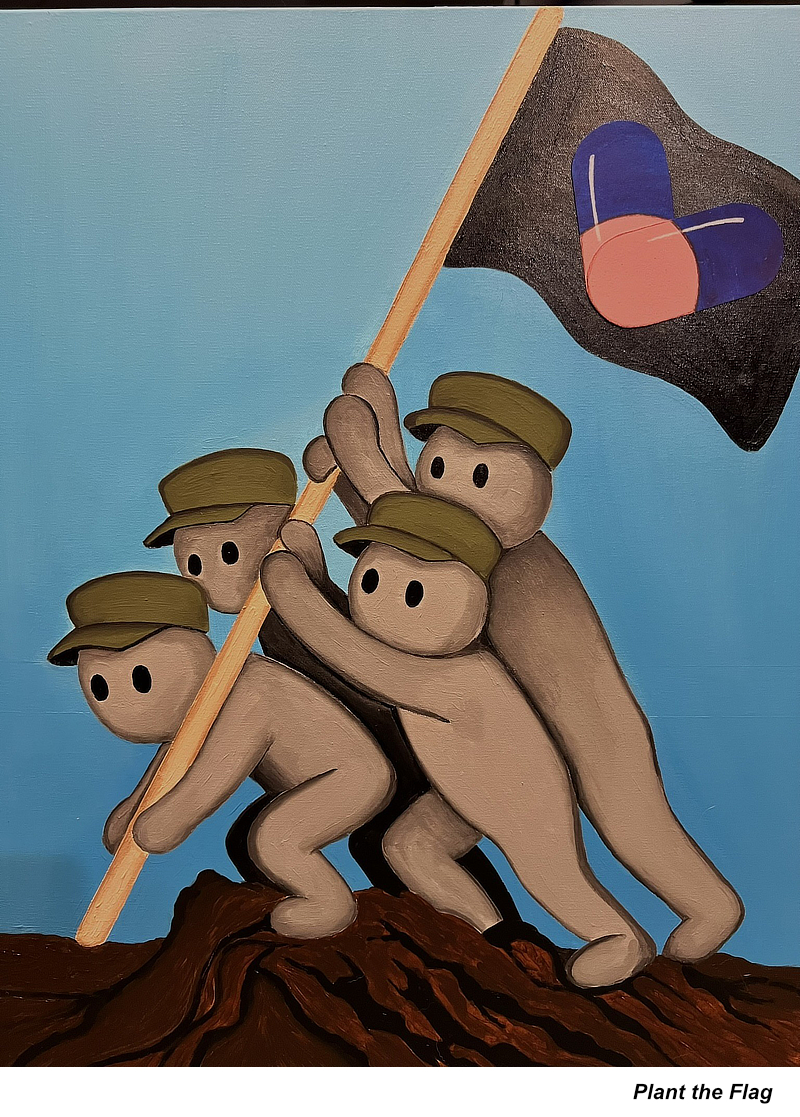
What is the most important thing about art to you?
The most important thing about art to me is its ability to transcend time, race, and culture. Art is a language all its own. It speaks to viewers and inspires emotions. The same piece of art can be viewed differently based solely on each individual’s life experiences, thoughts, and opinions. Art acts as
a bridge between the viewer and the artist, creating connections that are personal and real.
What is missing from the contemporary art market? What problems do you see in contemporary art right now?
In my opinion, the contemporary art market needs more powerful women artists. The art market needs to broaden the range of artists represented and support themes that challenge systems of power and the marginalization of others. One of the problems I see in contemporary art is a lack of conviction towards social issues. Artists have the unique ability to see the world through a lens that few understand. We feel so deeply that it completely saturates our compositions, and those emotions visually affect others. Imagine the change that could happen if every artist took a stand and created work meant to bring awareness to difficult topics.
The other problem that I see taking place in contemporary art is the fact that we are losing public interest. I work part-time as a middle school and high school art teacher, and I am disappointed in the lack of interest in the arts by students and parents. The number one complaint I hear is that “art is dumb.” They don’t understand it anymore. They don’t understand the message artists are attempting to convey; they feel some modern works are created as a way to contradict previous art periods and artists and, therefore, should not be considered art. It’s hard to inspire students to view contemporary art exhibitions when they see art today as a mockery of work that was once considered great. Historically, artists went from being highly regarded for their talent and genius to being laughed at and considered a joke in today’s world. That was my experience, and I am sure it is shared with many other creatives. Students are no longer interested in art because they don’t consider it a reputable career. Parents once considered it an honor to have their child work as an apprentice, learning skills from a master. Today, art is a career path that isn’t taken seriously by modern society. Today's students are the future, and that future is beginning to look bleak where art is concerned. Things need to change if art is going to thrive, and that change needs to start with the work that is being created and how it is being represented.
What are your plans? What are you working on now?
I am currently entering my third and final year of graduate school, and I should complete my MFA in Spring 2026. Much of my focus has revolved around researching intergenerational trauma and the effects on children, specifically children of soldiers. Intergenerational trauma has been linked to depression, anxiety, and even diabetes. Many rely on prescription drugs just to function normally in society, which has inspired my new series of work titled “The Pill People.” I work to create art that showcases the effects of trauma in a way that is relatable to anyone, any race, any gender, and any age. My work isn’t meant to criticize the pharmaceutical industry, but merely to bring awareness and acceptance that we all need a little help sometimes, and there is no shame in that. Topics like medicine and mental illness are too often considered taboo, and that needs to change. I’m hoping my “Pill People” will help start open, nonjudgmental conversations where viewers feel accepted, comfortable, and safe to share their truth.
